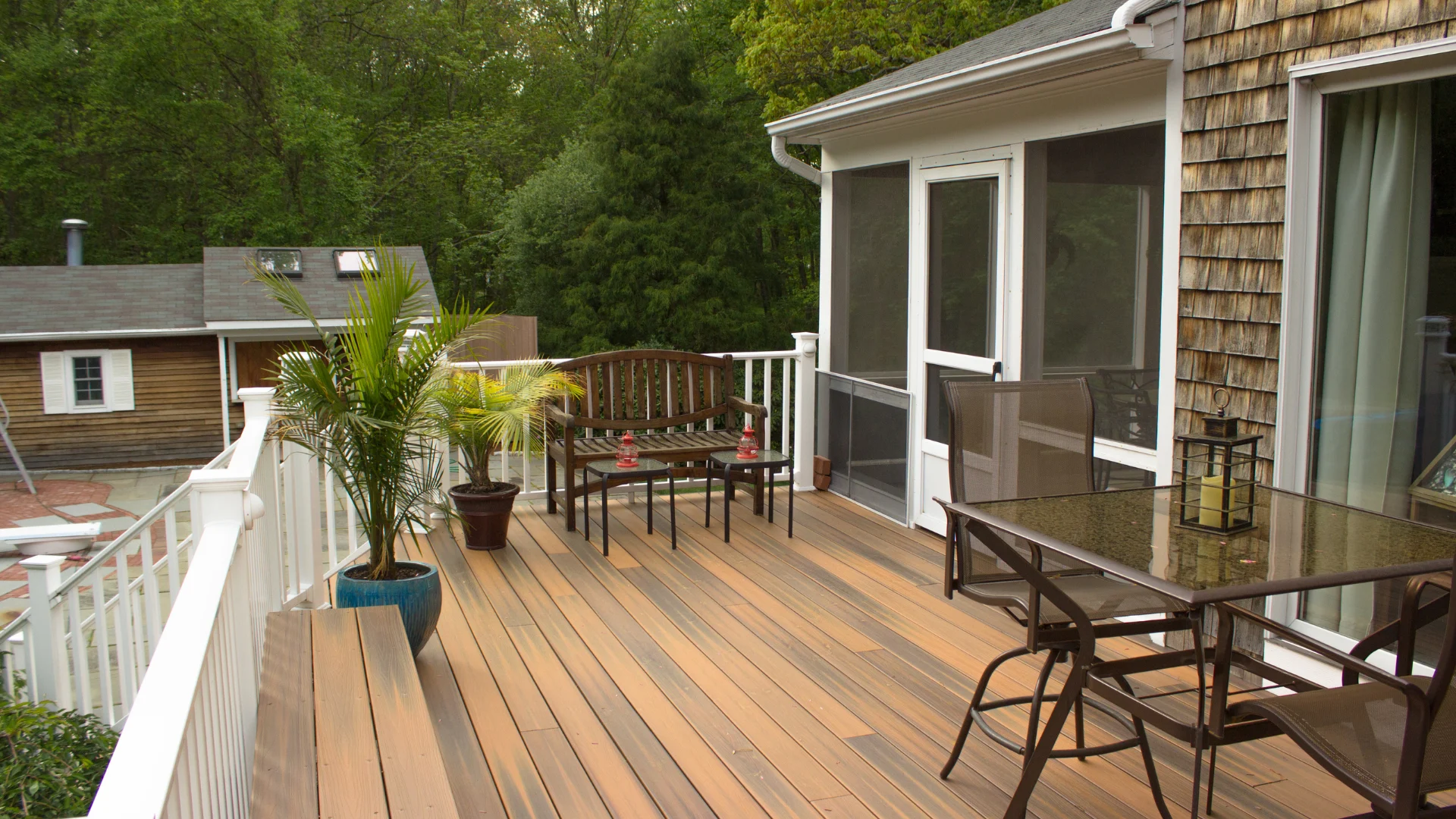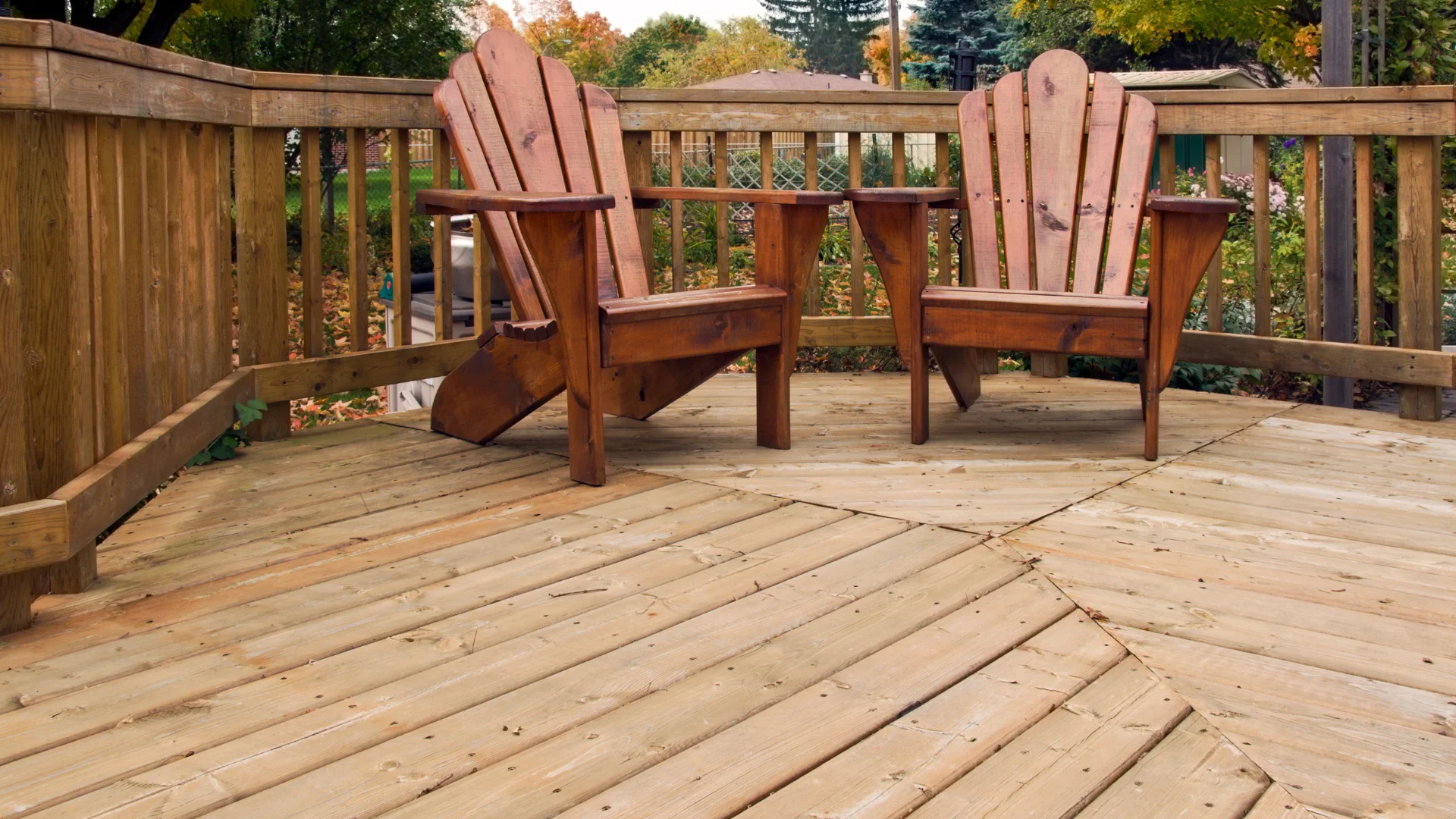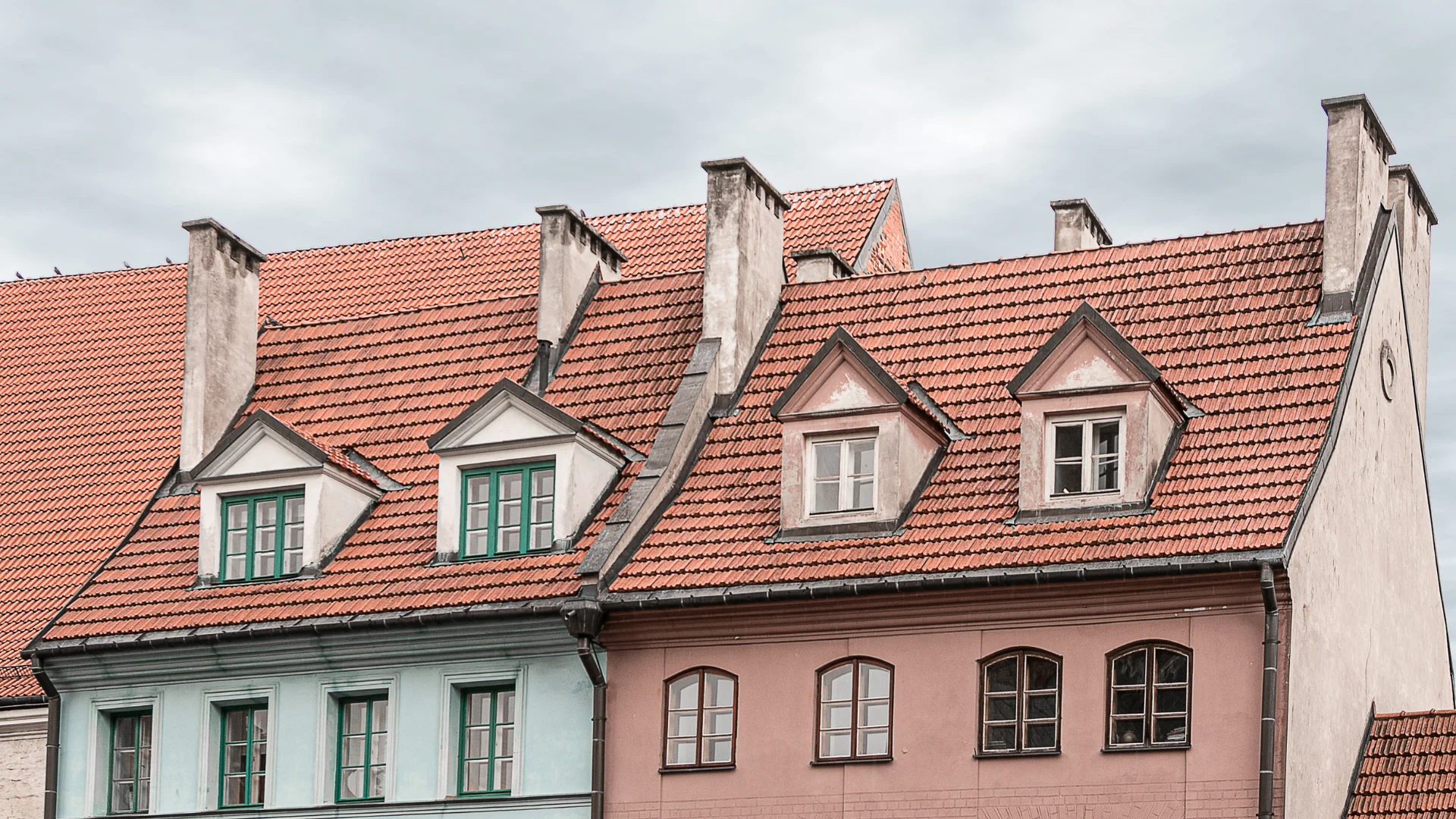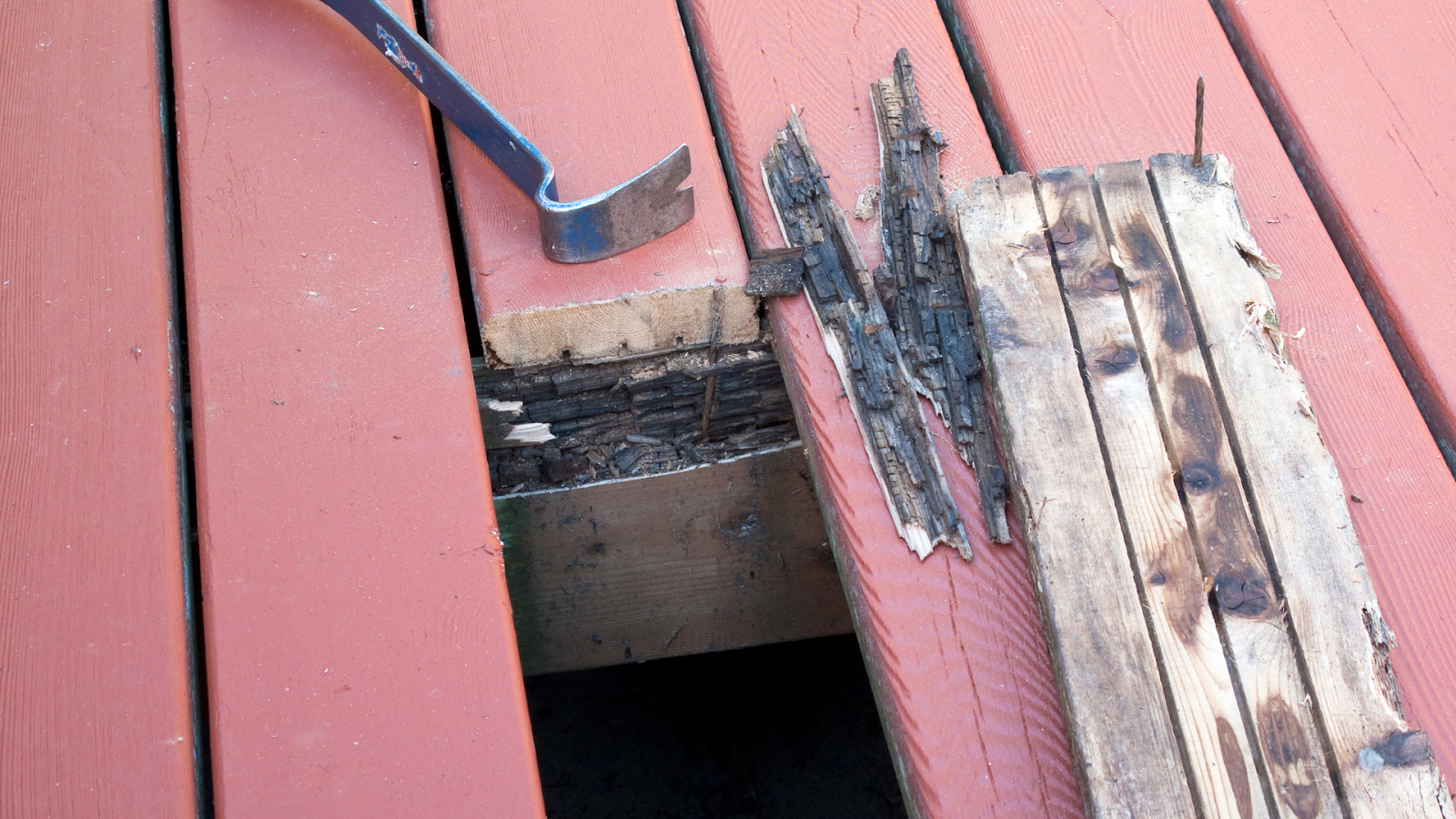When choosing the right decking material for your home in New York, homeowners often decide between composite decking and traditional wood decking. Both options have advantages, but composite decking has become increasingly popular due to its durability, low maintenance, and long-term cost savings. If you’re planning to install or replace a deck, understanding the benefits of each material can help you make an informed decision.
Benefits of Each Decking Material
Durability and Longevity
One of the most significant advantages of composite decking over wood is its durability. New York experiences all four seasons, from humid summers to harsh winters, and wood decks can deteriorate quickly under these conditions.
- Composite Decking: Made from wood fibers and plastic, composite decking resists moisture, mold, and insect damage. It won’t warp, crack, or splinter like wood, making it a long-lasting option for homeowners.
- Wood Decking: While natural wood, such as cedar or pressure-treated pine, can last for years with proper maintenance, it is more susceptible to rot, insects, and weather-related wear. Wood can degrade quickly in New York’s climate without regular sealing and staining.
Maintenance Requirements
Another key factor when comparing composite and wood decking is maintenance. Homeowners often underestimate the time and cost of maintaining a traditional wood deck.
- Composite Decking: Requires minimal maintenance—no sanding, staining, or sealing is needed. Simply washing it periodically with soap and water keeps it looking new.
- Wood Decking: Needs regular staining, sealing, and repairs to protect against moisture, UV rays, and insect damage. Over time, these upkeep costs can add up significantly.
Aesthetic Appeal and Customization
Composite and wood decking offer attractive finishes but differ in appearance and customization options.
- Composite Decking: Available in various colors, textures, and finishes that mimic the look of natural wood without the imperfections. It maintains its color over time, reducing the need for refinishing.
- Wood Decking: Offers a classic, natural aesthetic that many homeowners love. However, wood can fade and change color due to exposure to the elements, requiring staining to maintain its appearance.
Environmental Impact
For eco-conscious homeowners, sustainability is an important consideration when choosing decking materials.
- Composite Decking: Many brands use recycled materials, making composite decking an environmentally friendly option. Additionally, since it lasts longer and doesn’t require chemical treatments, it has a lower overall environmental impact.
- Wood Decking: Although natural, wood decking contributes to deforestation. However, choosing responsibly sourced wood from sustainable forests can help mitigate environmental concerns.
Safety Features
Safety is another critical factor, especially for families with children and pets.
- Composite Decking: Offers a splinter-free surface and is often slip-resistant, making it a safer option for households with kids and pets.
- Wood Decking: Can splinter over time, posing a safety risk. It can also become slippery when wet unless treated with a non-slip coating.
Cost Considerations
The cost of decking materials varies, and while wood decking is initially more affordable, composite decking provides better long-term savings.
- Composite Decking: Typically costs more upfront than wood, but the lower maintenance expenses and longer lifespan make it a cost-effective investment.
- Wood Decking: This has a lower initial cost, but ongoing maintenance, repairs, and potential replacement costs can make it more expensive.
Weather Resistance in New York
New York’s diverse climate conditions require a decking material to withstand temperature fluctuations, moisture, and heavy snow loads.
- Composite Decking: Performs well in extreme temperatures and doesn’t absorb water, reducing the risk of warping and mold growth.
- Wood Decking: Expands and contracts with temperature changes, which can cause cracking and warping. Additionally, prolonged exposure to moisture can lead to rot and decay.
Making the Right Choice with Doug’s Painting and Contracting
When choosing composite and wood decking, consider your budget, maintenance preferences, aesthetic goals, and long-term durability needs. Composite decking is the superior choice if you prefer a low-maintenance, durable option that withstands New York’s climate while offering long-term savings. However, if you love the natural look of wood and don’t mind regular upkeep, traditional wood decking can still be a great option.
At Doug’s Painting and Contracting, we specialize in high-quality deck installations tailored to your needs. Whether you choose composite or wood decking, our team can help you create a beautiful, functional outdoor space that enhances your home’s value and enjoyment. Contact us today to explore your decking options!





